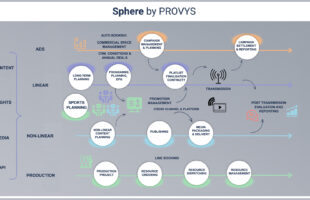In so many ways, the world was a much simpler place in 1991. The bipolar world order of the USA and Soviet Union crystallised so much of global politics and confl ict that it dominated the global news agenda. So many events were still being viewed through the same Cold War prism that had been in place for 30 years or more. Meanwhile, much of Asia was shrouded in mystery – China was inaccessible and, to international broadcasters, relatively peripheral; while Burma was also very diffi cult to penetrate and the media enjoyed very little freedom in Malaysia and Vietnam. All of this meant that Asia was a long way from the centre of attention on the global stage. But away from the political climate, the biggest change has been, of course, technology. Twenty years ago very few people had mobile phones, and even if you had one, the coverage in most remote places was non-existent. The Internet didn’t really take off until the mid-90s and broadband was still a long way off. On top of the political issues, this made accessing many parts of Asia both diffi cult and expensive for international TV crews. 





Subsribe to Our News Letter
Subscribe To Our Newsletter
Signup here to get the latest news and updates.








